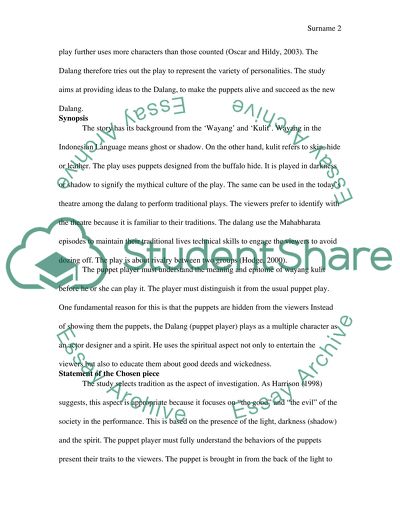Cite this document
(“How would a dalang create, produce, and perform The Pandawa's Saga Research Paper”, n.d.)
How would a dalang create, produce, and perform The Pandawa's Saga Research Paper. Retrieved from https://studentshare.org/visual-arts-film-studies/1492093-how-would-a-dalang-create-produce-and-perform-the
How would a dalang create, produce, and perform The Pandawa's Saga Research Paper. Retrieved from https://studentshare.org/visual-arts-film-studies/1492093-how-would-a-dalang-create-produce-and-perform-the
(How Would a Dalang Create, Produce, and Perform The Pandawa'S Saga Research Paper)
How Would a Dalang Create, Produce, and Perform The Pandawa'S Saga Research Paper. https://studentshare.org/visual-arts-film-studies/1492093-how-would-a-dalang-create-produce-and-perform-the.
How Would a Dalang Create, Produce, and Perform The Pandawa'S Saga Research Paper. https://studentshare.org/visual-arts-film-studies/1492093-how-would-a-dalang-create-produce-and-perform-the.
“How Would a Dalang Create, Produce, and Perform The Pandawa'S Saga Research Paper”, n.d. https://studentshare.org/visual-arts-film-studies/1492093-how-would-a-dalang-create-produce-and-perform-the.


